#stone tools
Text
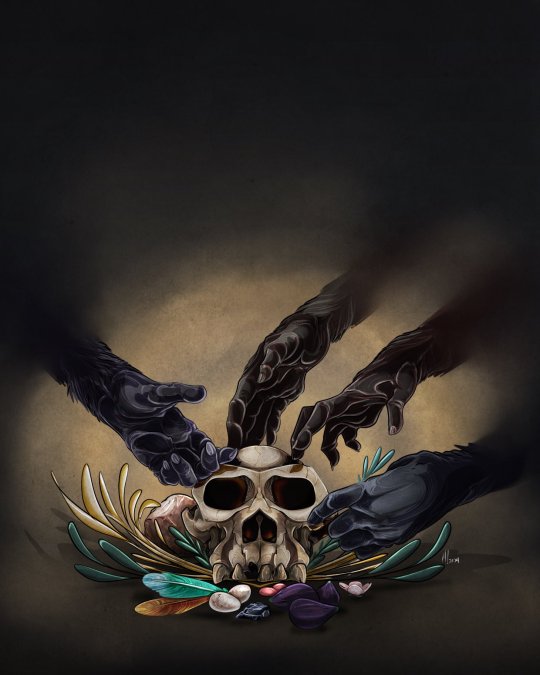
First Funeral.
#Early hominid#Prehistoric hominid#Skull#Funeral#Offerings#Feathers#Bones#Stone tools#Fruit#Plants#Prehistory
1K notes
·
View notes
Text

Palaeolithic Hand Axe, Pre 10,500 BCE, Stewartry Museum, Kirkcudbright, Dumfries and Galloway, Scotland
#ice age#stone age#bronze age#copper age#iron age#prehistoric#neolithic#mesolithic#paleolithic#prehistory#hand axe#stonework#stone tools#archaeology#ancient craft#ancient cultures#Ancient Scotland#wild living#flintwork
92 notes
·
View notes
Text
Got a good knap in this morning
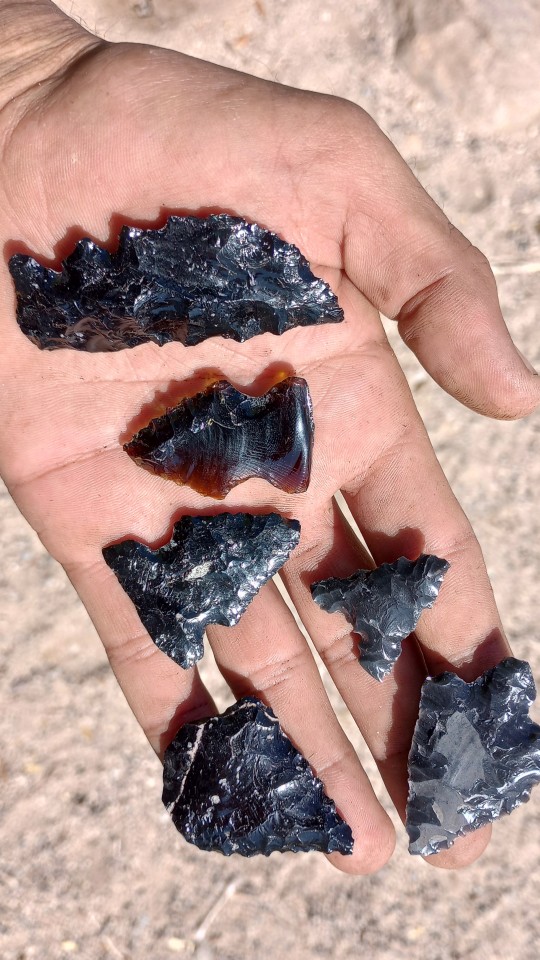
#stonework#stone tools#projectile points#outdoorlife#outdoors#ways of survival#ways of old#knowledge is the best survival gear#flint knapping#art#bushcraft#art of bushcraft#my art
76 notes
·
View notes
Text
A groundbreaking find at in Ethiopia has revealed Homo erectus tools pioneered a revolutionary shift from Oldowan to Acheulean tools two million years ago, proving their ingenuity in evolving and enhancing their tool technology.
54 notes
·
View notes
Text
A little treat from my line of work, found in central Texas. Unfortunately not diagnostic, but if I had to make a guess on age, most likely 400-1000 years old based on size.

103 notes
·
View notes
Text
she huntin and gatherin on my stone tool till I make 1-2% of future Homo Sapiens in Eurasia have Neanderthal DNA
51 notes
·
View notes
Text

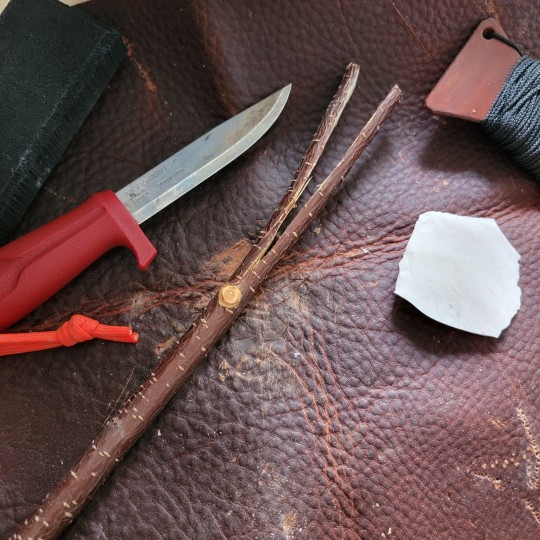


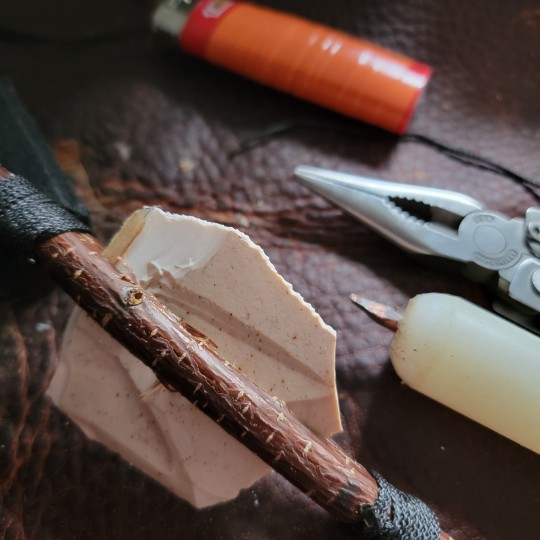

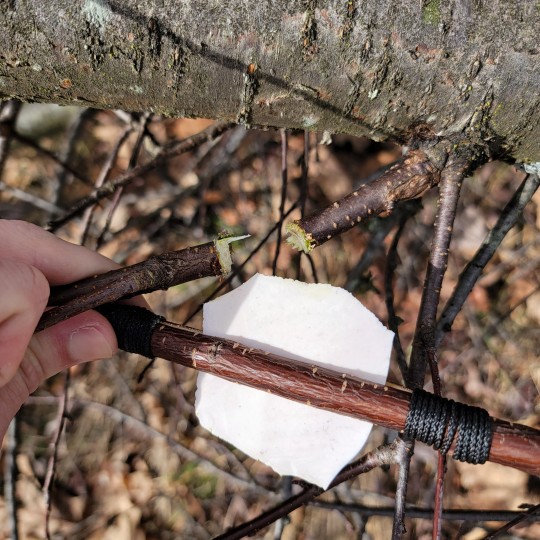

Making rock into tools
13 notes
·
View notes
Text
The first hominins in Europe were Ukrainian. Okay, to be more accurate, we now know that the oldest record of a hominin presence in Europe is in Korolevo in western Ukraine.
These folks were Homo erectus, a species which went extinct before the Neanderthals.
Stone tools in Ukraine dated to 1.4 million years ago may be the earliest solid evidence of humans in Europe, a new study reveals. The makers of these tools likely weren't Homo sapiens but a close, now-extinct relation.
Scientists analyzed finds from the archaeological site of Korolevo in western Ukraine, where researchers have unearthed stone tools, such as choppers, from the Paleolithic (2.6 million to 10,500 years ago) since the site's discovery in 1974.
The artifacts at Korolevo were made by hominins — the group that includes modern humans and the extinct species more closely related to humans than any other animal — but it's unknown which species created them. Other hominins reached Europe long before Homo sapiens did.
[ ... ]
The earliest stone tools at Korolevo may be about 1.4 million years old, the scientists found — meaning the site contains the earliest known evidence of hominins in Europe.
"Confidently dated early hominin sites are scarce in Europe," Toshiyuki Fujioka, a senior researcher of cosmogenic nuclide dating at Spain's National Research Center on Human Evolution who did not participate in this study, told Live Science. "This study provides a much-needed reliably dated chronological site to add fuel to our discussion on ancient human migration."
While the tools are too old to be the work of either modern humans or our closest extinct relatives, Neanderthals and Denisovans, they could be the work of Homo erectus, an extinct human species that first appeared in Africa about 2 million years ago and later spread to Asia and Europe, the researchers said.
The so called "young Earth creationists" like Speaker "MAGA Mike" Johnson effectively think that Homo erectus or other hominin relatives did not exist because the universe is just over 6,000 years old. 😕
BTW, one practice I find confusing is that in the same article the term "human" is used BOTH to specifically denote Homo sapiens AND to refer to to all species in the genus Homo. Scientists and science journalists need to address this issue. Call me a sapiensist, but I personally use "human" only for Homo sapiens.
This chart from The Economist gets the terminology right.

BONUS TRACK v češtině: Czech scientists had a lot to do with the recent research at Korolevo. So if you know any Czech, you might enjoy this vid from the Czech Republic's Academy of Sciences.
youtube
#ukraine#korolevo#hominins#homo erectus#stone tools#homo sapiens#human origins#anthropology#akademie věd#королево#гомініни#слава україні!#Youtube
11 notes
·
View notes
Text
Flint knapping and practical magic
Now that we have discussed the basics of history and properties of flint, how can flint knapping be used in practical magic?
First, a few disclaimers:
1. Please do not try this indoors, without proper protective equipment
2. You will need some thick gloves- leather or gardening gloves that are designed to prevent cuts.
3. Protective eye gear is essential, especially when you're learning (which I'll admit I still am)
4. A thick towel on your lap will help prevent you bruising your legs as you work (I have done that before)
5. I am not an expert, this is just me sharing why I think more people should learn about flint knapping and magic. Please watch more detailed tutorials before attempting anything. It evolves sharp edges and the possibility to accidentally start a fire if you do it wrong.
That being said, hopefully I haven't scared too many people off. I am not a dextrous person myself and I have managed to do some rudimentary knapping, I even created a flint crow statuette. The tools that you can make can be extremely useful for Witchcraft, a handaxe for example can be used as an alternative to a ceremonial dagger. I use my flint tools for wood carving, simple stuff like creating touchwoods and small things. Another use if you're an artist is as a charmed pencil sharpener, to add some intention and protection from your ancestors into your work. But I am getting ahead of myself
How to find flint
Finding flint depends on your geographical location. For me, i collect flint from my family home in the east of England. East anglia is rich in flint and chalk as well as clay, anywhere you go you will find big chunks of flint on the ground. Look up your local area's geological background and this will help determine where you can find flint- in volcanic areas you are more likely to find obsidian than flint! Which is very cool, I'm jealous of you. The beach, however, is generally the best place to start wherever you are:
Look for large grey or white stones, flint generally has a coating of sedimentary rock.

It is especially fun to look for rocks with cracks down the middle that go all the way around- as they often have deposits inside. If you're not sure if it's flint, you can hit it with another rock on the beach (another HARD one, using chalk or sedimentary rocks will just break the chalk open.) And if it is flint it will shatter into pieces. Again please be careful. I like to chuck them a good deal away to open them up, and let gravity do the work when it hits other stones. A newly opened egde will look something like this:


The usual shine of flint tends to mattify on a fresh edge, but it still very smooth. When flint is being used as a brick to build a wall, this is as far as knapping goes. But for someone trying to make tools, you need to break it up again into smaller pieces.
For me, I just like breaking stones apart. I find it very therapeutic apart from the magickal elements. There is, however, something unquestionably magical about sitting outside and breaking open a stone, slowly learning with the gentle and rusty hand that a child in the stone age might have had. When I first did this, after watching an episode of digging for Britain, I had the genuine feeling that the people of the past were guiding my hands, teaching me how to work. It is an excellent, practical way to get closer to your ancestors during ancestor work.
I don't tend to worship my ancestors, but I do certainly lean on some of them for advice and guidance in times of strife.
Anyway, when you have a piece like this

On the further edge you can see that there are jagged edges where it has been knapped unevenly. This is a good way to get a sharp edge: you tap with another rock that is roughly the shape of your hand several times and eventually the flint will give. Here it broke into three pieces:

The iron deposits make this rock a slightly unusual one, but the principal applies for any piece of flint. Here it is especially important to be careful and wear gloves (in the picture I'm not wearing gloves because I'm a dumb dumb who cut my hand after this).
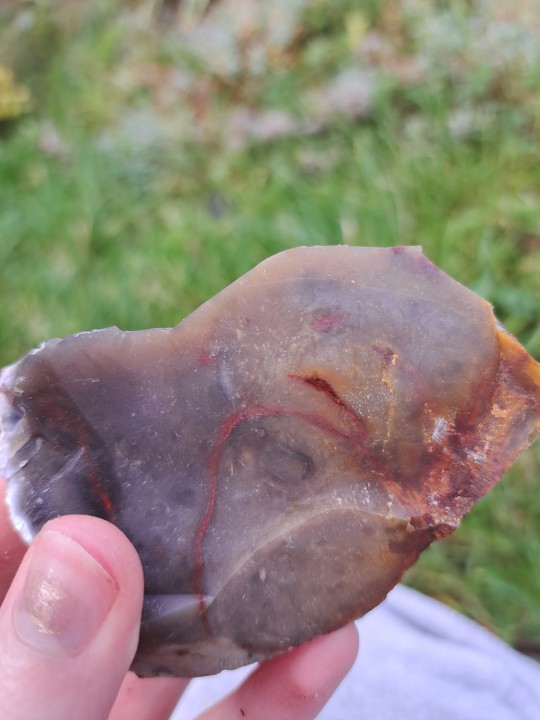

This piece is essentially a knife. You can see the slightly transparent edge, serrated. Generally an antler or bone would be used to shape this piece further. (I used chewed up antlers from the family dog)
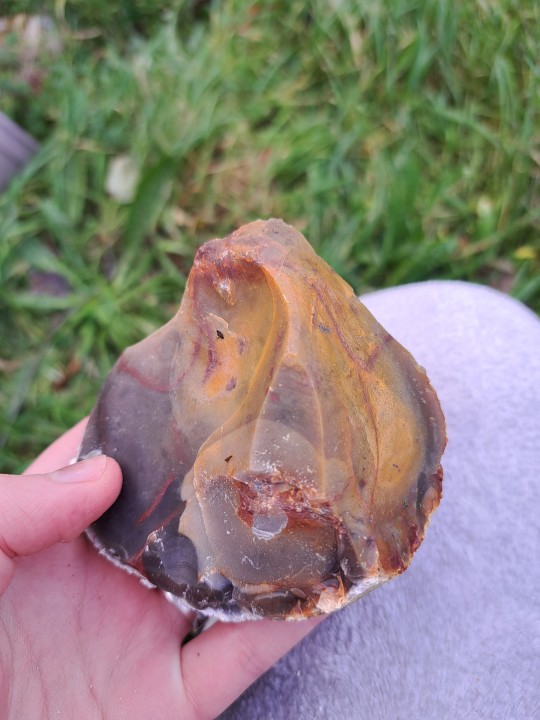
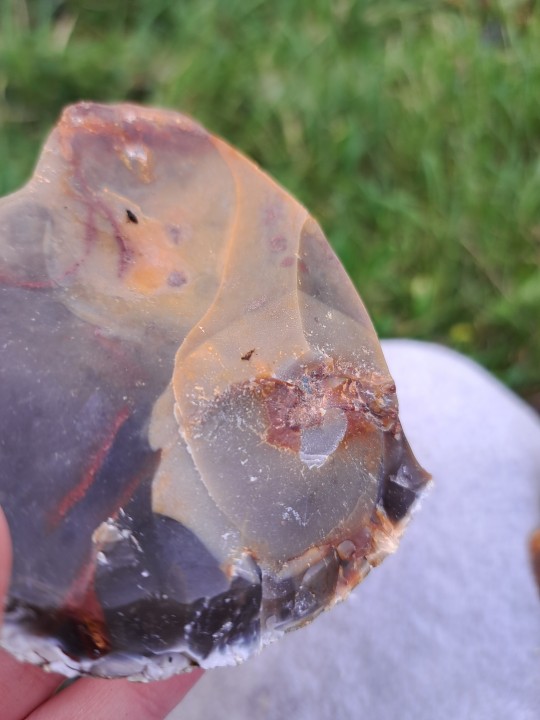

You can see on the picture to the left there are cracks running down the larger piece. You can carefully remove a smaller piece from the larger by hitting it a few times with the same rounded stone, acting as your hammer. Here a piece came off that could be easily shaped into an arrowhead.
Laver flakes are created by hitting a larger piece precisely until a small, sharp flake falls off. These are difficult to do for beginners. Most of these sharp pieces shown are now on my altar, to add protection to the space and connection to my ancestors. Razor sharp small flakes have a tenancy to fall off, I collect these in a jar and use them for spell bags and jars. It is important to not leave them on the floor anywhere where pets walk, as they will cut into their feet. (And yours if you have a habit of walking barefoot in your garden/outside).
The best part about flint knapping in magical practice is that it's entirely free. Like I've said before, some of the best magical tools come not from commercialised stores but through your own practice and historical techniques that never required buying materials. Go forth and Forage, my flintlings.
For more information and a more detailed guide on things I can't do, check out this website:
https://exarc.net/issue-2016-3/at/recycled-flint-cores-teaching-tools-flintknapping-archaeological-open-air-museums
This YouTube video is also helpful:
Wessex archaeology flint knapping basics
11 notes
·
View notes
Text
When people laugh at Lomekwian and even Oldowan tools....how about *you* try to make a long-standing functional tool out of a pebble rock? Can't do it? It's too difficult? Okay then don't laugh at our ancestors for their incredible achievements.
#oldowan tools#lomekwian tools#anthropology#early hominins#early tool use#stone tools#paleoanthropology
141 notes
·
View notes
Photo
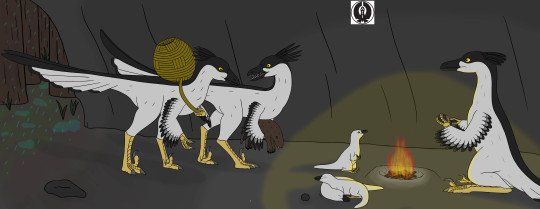
Here's my fifth and final piece (for now) of my evolved dinosaurs series. This is a family of evolved Troodontids nestled around a fire while taking shelter from the rain while two members return from hunting and gathering.
Troodontids had the largest brain to body ratio of any dinosaur group though their actual intelligence is assumed to be more akin to average birds than the smartest species (corvids & parrots). However, if they never went extinct, some members of this categorically messy group could evolve higher intelligence over another 66 million years as a result of changes of climate over time. The caveat being that it would probably be much slower for them than for primates, largely due to possessing anatomical trains that reduce the need for tools or make certain tools difficult to craft/use. By present day, their intelligence is at a similar level to Homo Erectus, being able to create simple tools and even fire for warmth & simple cooking. Anatomically, they more resemble modern birds with shorter tails (appearing longer due to tail feathers) & beaks though they retain the teeth & sickle claws of their ancestors which they still use for hunting. Their arms are proportionally long and end with flexible hands equipped with opposable thumbs. Their most used tools are carved hand axes for butchering meat and grass woven baskets for carrying items (such as edible plants) and trapping fish*.
This series was initially spun off from one of my story ideas (Gladius) where multiple timelines merge together with one of them being where the KT extinction event never happened. Having drawn these guys I now thinking of adding one to the line up of characters from said story.
As always, comments and critiques are welcome.
*the trapping fish was inspired by a scene from an old Animal Planet special The Future is Wild were a future monkey species called Babookari weave crude baskets and set them in rivers to trap fish looking for shade from the hot sun.
#dinosaur#dinosaurs#dino#troodon#troodontid#feathered dinosaurs#feathers#hand axe#stone tools#family#fire#rain#cave#landscape#omnivore#basket#speculative biology#alternate universe#creature design#paleoart#campfire#hunter gatherer#my art#digital art#digital color#Digital Illustration
37 notes
·
View notes
Text

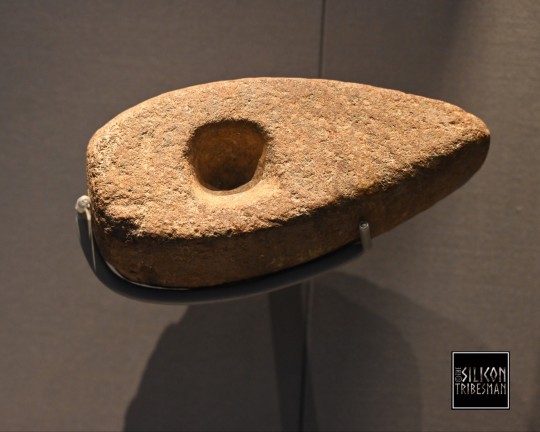

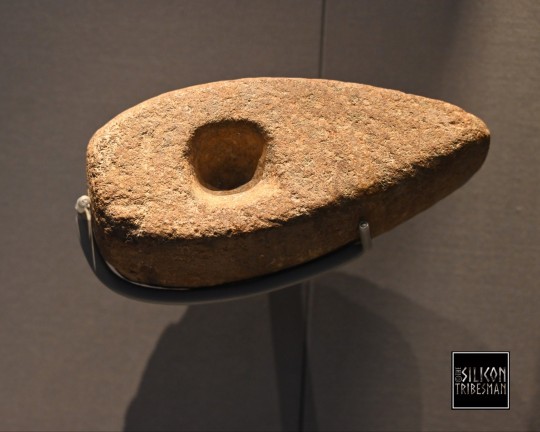
Four Prehistoric Hammer Axes, Shrewsbury Museum and Gallery, England
#ice age#stone age#bronze age#copper age#iron age#neolithic#mesolithic#calcholithic#paleolithic#prehistoric#prehistory#hammer axe#axe#stone tools#prehistoric tools#ancient craft#ancient cultures#ancient living#relic#Shrewsbury#archaeology
78 notes
·
View notes
Text
Made from window glass

Took about 30 min. Not my best work but it is a nice usable blade
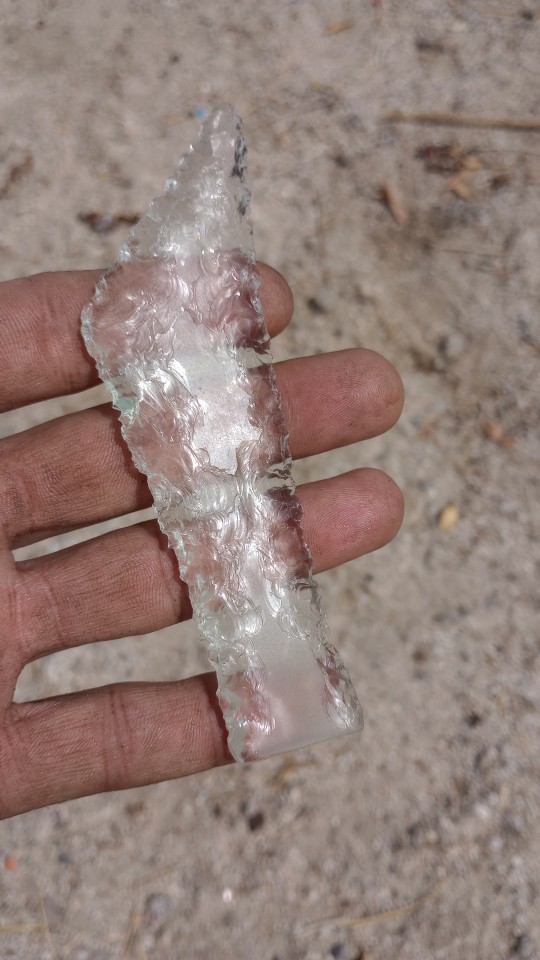
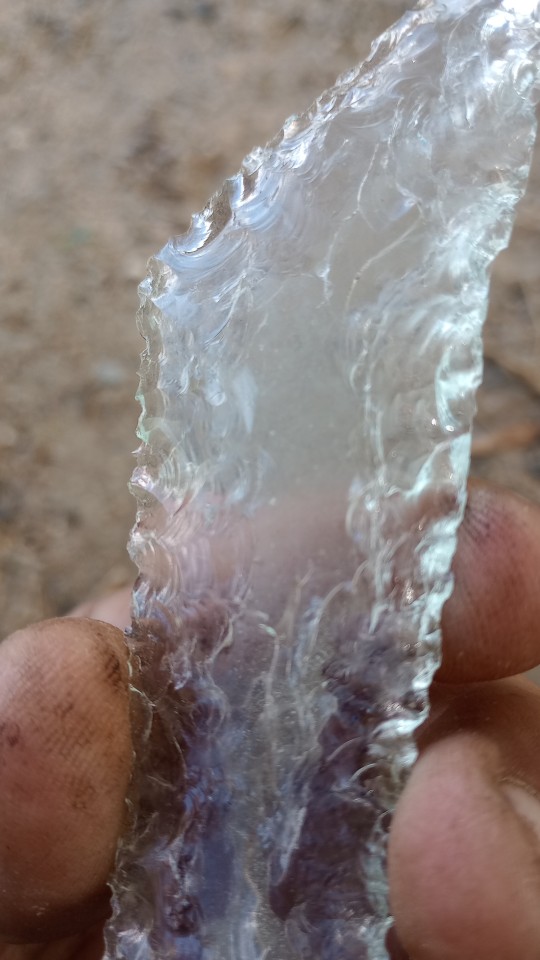


#outdoorlife#outdoors#bushcraft#ways of survival#ways of old#knowledge is the best survival gear#flint knapping#stone tools#art of bushcraft#art#my art
31 notes
·
View notes
Text
Details have emerged from an archaeological site in western Ukraine which have provided much-needed evidence of a hominin presence in Europe as far back as 1.4 million years ago. By using a unique dating method, archaeologists have been able to date ancient stone tools discovered in the Ukraine, revealing insights into early human migrations and colonization patterns.
The findings bridge crucial spatial and temporal gaps in our understanding, shedding light on the movements of ancient hominins from Asia to Europe. The study showcased sophisticated dating techniques, including the analysis of cosmogenic nuclides, to pinpoint the age of these artifacts accurately.
This groundbreaking research challenges previous assumptions, suggesting that Europe was colonized from the east during warm interglacial periods. By tracing the epic journey of early humans from Africa through Asia and then Europe, it fills in significant gaps in the Pleistocene migration narrative.
28 notes
·
View notes
Text
On level 3 – the key find was 35 crania of large herbivores, all from species with antlers or horns. Most were from aurochs and bison; five were deer; and two were narrow-nosed rhinoceroses (a now-extinct species that liked the same terrain as said vole before going extinct about 40,000 years ago
The archaeologists didn’t find the animals’ jaws and teeth in the cave. However, over a third of the crania they did find still had their antlers or horns, as well as the eye and nose bones. They were missing their cheekbones, though
Scientists speculate why with no consensus on the reason.
This work examines the possible behaviour of Neanderthal groups at the Cueva Des-Cubierta (central Spain) via the analysis of the latter’s archaeological assemblage. Alongside evidence of Mousterian lithic industry.
Level 3 of the cave infill was found to contain an assemblage of mammalian bone remains dominated by the crania of large ungulates, some associated with small hearths. The scarcity of post-cranial elements, teeth, mandibles and maxillae, along with evidence of anthropogenic modification of the crania (cut and percussion marks), indicates that the carcasses of the corresponding animals were initially processed outside the cave, and the crania were later brought inside.
This behaviour seems to have no subsistence-related purpose but to be more symbolic in its intent.
#neanderthal#prehistoric#archeology#archeologicalsite#discovery#symbolic behavior#unknown purpose#spain#cave#skeleton#animal bones#human evolution#Mousterian#stone tools
5 notes
·
View notes
Text
Beszámoló helyett a mai napon csak egy fotót hozunk, de talán ez is felér egy egész történettel.
Az elhunyt mellé edényeket, kőeszközöket helyeztek, viseleti helyzetben megmaradt az ékszer a jobb karján, azonban a fej tájékát utólagosan erős bolygatás érte.
Szerintetek mi történhetett?

#hermanottómúzeum#miskolcimúzeum#homregeszet#régészet#ásatás#feltárás#temetkezés#magyarrégészet#archaeology#grave#pottery#ceramic#stone tools#jewellery#cemetery#photo#photography#dokumentáció#documentation#drawing#fotó#fotózás
53 notes
·
View notes